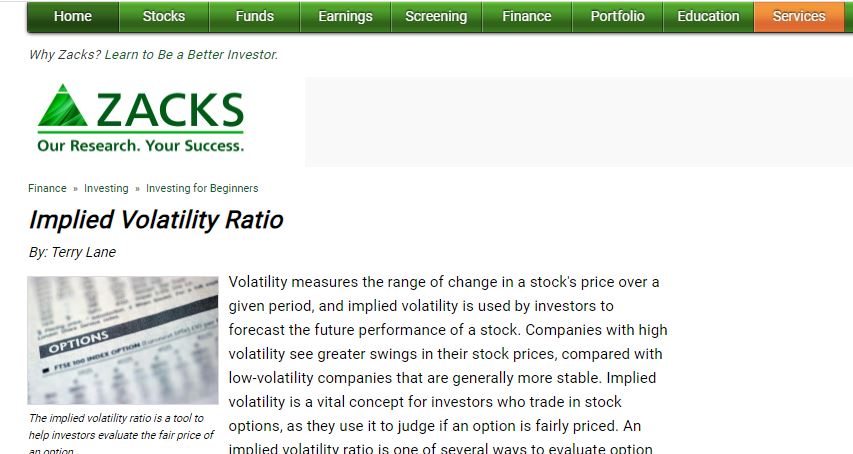
Implied Volatility Ratio
Volatility measures the range of change in a stock’s price over a given period, and implied volatility is used by investors to forecast the future performance of a stock. Companies with high volatility see greater swings in their stock prices, compared with low-volatility companies that are generall…
Stocks
How Do I Day Trade Penny Stocks?
Day trading is an investment strategy to profit from short-term changes in the price of a stock or other investment. Investors can day trade penny stocks, which some experts consider to be stocks priced under $5, but is more often defined as stocks priced less than $1. Penny stocks are traded in lo…
Influences on Cyclical Stocks
Companies whose stocks are cyclical need economic growth to produce returns for investors. These are the companies that make the products and services that many everyday consumers can do without during lean times. Consumer spending levels and unemployment rates are two major influences on cyclical s…
The Treatment of Restricted Stock Awards & Dividends
Restricted stock awards are similar to stock options; employers use both to compensate employees by offering them shares of stock in the company. Restricted stock will go through different periods of “vesting” and will trigger different tax treatment along the way, including both ordinary income tax…
Calculating Common Stock Dividends
Companies that make profits will sometimes return them to shareholders in the form of a dividend payment. Investors that own the company stock will be given dates on when dividends are issued and a dividend-per-share rate. A simple calculation will compute a shareholder’s dividend payment. Other cal…
How to Invest in a Blue Chip Stock
The definition of a blue chip stock varies, but it is generally thought of as a big, stable, secure company whose stocks serve as a bellwether for the market. The most common way to invest in blue chip stocks is to add them to an investment portfolio, usually through the help of a broker. Since ther…
The Treatment of Restricted Stock Awards & Dividends
Restricted stock awards are similar to stock options; employers use both to compensate employees by offering them shares of stock in the company. Restricted stock will go through different periods of “vesting” and will trigger different tax treatment along the way, including both ordinary income tax…
Investments
What Are High-Yield Treasury Bonds?
A bond is an investment based on debt in either a federal or municipal government or a corporation. Depending on the issuers, bonds can cover a variety of investment amounts, time periods or interest rates. They can be either bought and held for the life of the bond, or traded between investors on a…
Tax Advantages for FOREX Traders
The values of currencies are constantly changing and investors can speculate upon and profit from trading foreign currencies through FOREX accounts. Because there are different types of FOREX trading, there are different ways for investors to claim gains or losses on their taxes. Each way offers ad…
How to Close a FOREX Account
As investors in the foreign market exchange know, FOREX accounts can be tricky to maintain and risky for any investor, especially beginning ones, according to the Wall Street Journal. Regardless of your reasons, closing a FOREX account should generally be a simple process. It might take some researc…
Tracking Variable Annuity Subaccounts?
Variable annuities are investments primarily used as either retirement plans or as supplemental life insurance coverage. Variable annuity subaccounts, like mutual funds, offer the account holder a selection of investment portfolios with different strategies and investment goals. Subaccount holders …
How to Invest in the Railroad
The railroads play an important role in the economy, and some analysts see railroad companies as a stable investment because of their limited competition, consistent dividends and developed infrastructure. The industry includes several large railroads that cover most of the North American market, al…
How to Invest in Indie Films
Investing in independent film can be difficult for ordinary investors because of the costs and complexities of financing a movie. In most cases, only U.S. Securities and Exchange Commission-approved investors can put money into an independent film production, but there are some opportunities for eve…
Analysis
How Do Profits Reflect Stock Prices?
In many cases, rising company profits, or even declining losses, will lead to a growing stock price. Higher than expected earnings can improve investor confidence and result in a higher stock price, for example. Investors can get some of those funds through receiving dividends and stock buybacks.
How to Use Implied Volatility to Forecast Stock Price
A stock’s volatility represents the up-and-down movement of its price. Stocks that have large spikes and drops in their prices have high volatility; low-volatility stocks yield more consistent gains and losses. Implied volatility is a tool investors use to predict the degree that prices may change.
The Role of Credit in Bank Earnings
Banks that sell stock are corporations just like other listed companies, but their quarterly balance sheets can look different. Instead of inventory and sales numbers, banks list loans and securities as part of their assets. Banks make their biggest profits on the interest they collect from a variet…
Calculating Common Stock Dividends
Companies that make profits will sometimes return them to shareholders in the form of a dividend payment. Investors that own the company stock will be given dates on when dividends are issued and a dividend-per-share rate. A simple calculation will compute a shareholder’s dividend payment. Other cal…
What Kind of Trading Platform Is Required for Day Trading?
Day trading is an investment strategy where investors buy and sell securities in short time increments in order to profit from slight changes in the price. Day trading requires investors to closely monitor and analyze financial information. Software helps investors follow information by tracking and…
Retirement
How to Close out Your 401(k) to Roll Over Into a TSP
Thrift savings plans and 401(k)s are both employment-based retirement investment plans. TSPs are administered by the federal government and are available to civil servants and members of the military. A TSP is similar to a 401(k), which is offered by private employers. Both feature tax-free deposits…
Should I Combine My 401(k)s?
Many people have one or more “old” 401(k)s from jobs they’ve left. Often these accounts linger, creating paperwork and confusion for their owners. But 401(k) plan owners have several options if they want more control of their retirement fund. In some cases, combining one 401(k) plan into another, ca…
How to Borrow Against a SIMPLE IRA to Pay Off Debt
If you work for a small business, chances are you may have a SIMPLE IRA — Savings Incentive Match Plan for Employees Individual Retirement Account. This account can be used as a tax-free source of funds to help you pay off debt, but it is a short-term solution and requires some caution. However, if…
Options
How to Trade High Volume Call Options for Profit
Volume is the amount of buying and selling of a security and it can be measured for stocks, futures, options and other investments. Options are derivatives that are traded between investors and act as contracts that grant an “option” to buy shares of stock at a specified strike price and scheduled d…
How to Sell a Call Option Below Premium Price
Investors that own shares of a stock can sell call options on those shares as a way to make additional revenues on their portfolio during volatile markets. By selling options on your shares, you may risk having to sell the stock later, though usually at a profit. Call options are considered the simp…
How to Use Implied Volatility to Forecast Stock Price
A stock’s volatility represents the up-and-down movement of its price. Stocks that have large spikes and drops in their prices have high volatility; low-volatility stocks yield more consistent gains and losses. Implied volatility is a tool investors use to predict the degree that prices may change.
What Are High-Yield Treasury Bonds?
A bond is an investment based on debt in either a federal or municipal government or a corporation. Depending on the issuers, bonds can cover a variety of investment amounts, time periods or interest rates. They can be either bought and held for the life of the bond, or traded between investors on a…
Mutual funds
What Is a Liquid Mutual Fund?
Investors buy mutual funds in pursuit of specific investing goals or to help diversify their portfolios. For investors, mutual funds are liquid investments that can be easily and quickly converted back to cash. Because mutual funds manage portfolios that include a variety of investments, including c…
Can a Mutual Fund Drop to Zero?
In theory, a mutual fund could lose its entire value if all the investments in its portfolio dropped to zero, but such an event is unlikely. However, mutual funds can lose value, as each is designed to assume certain risk levels or target certain markets. While full value loss isn’t likely, the comp…
Requirements for Mutual Fund Financial Statements
A mutual fund lets investors pool money together for a fund manager to make informed investment decisions based on the fund’s criteria. Investors buy shares of these funds, whose value changes with the performance of the investments in the fund’s portfolio. Because mutual funds are regulated by the…
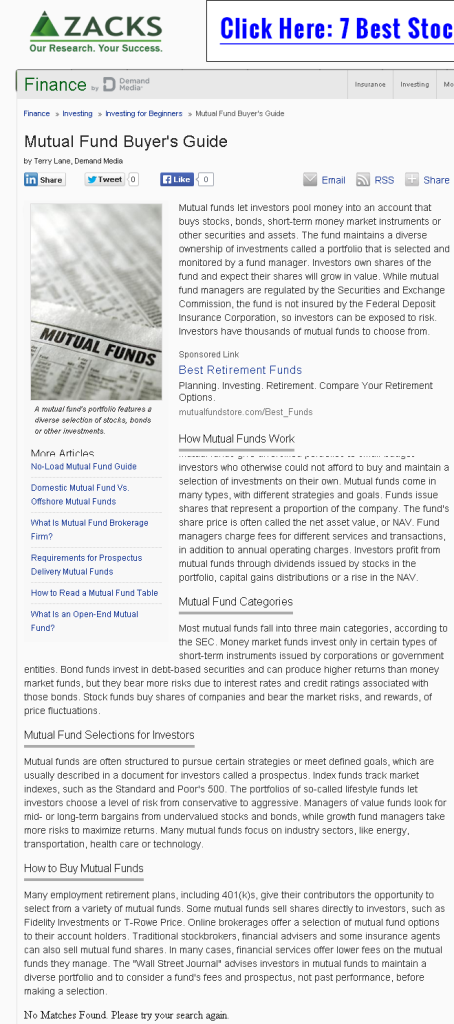
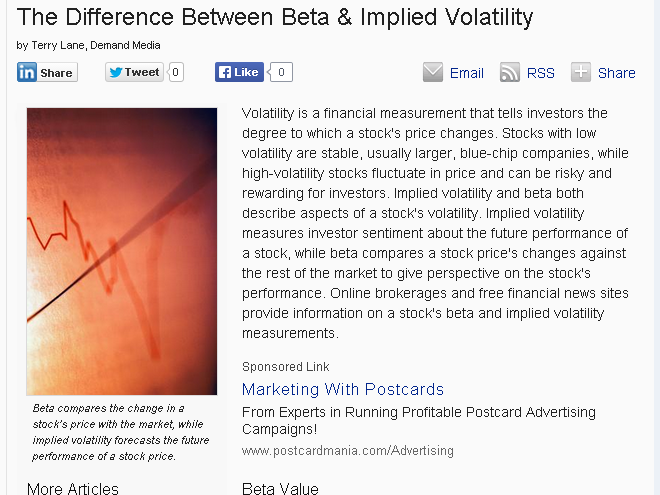
The Difference Between Beta & Implied Volatility
Volatility is a financial measurement that tells investors the degree to which a stock’s price changes. Stocks with low volatility are stable, usually larger, blue-chip companies, while high-volatility stocks fluctuate in price and can be risky and rewarding for investors. Implied volatility and bet…
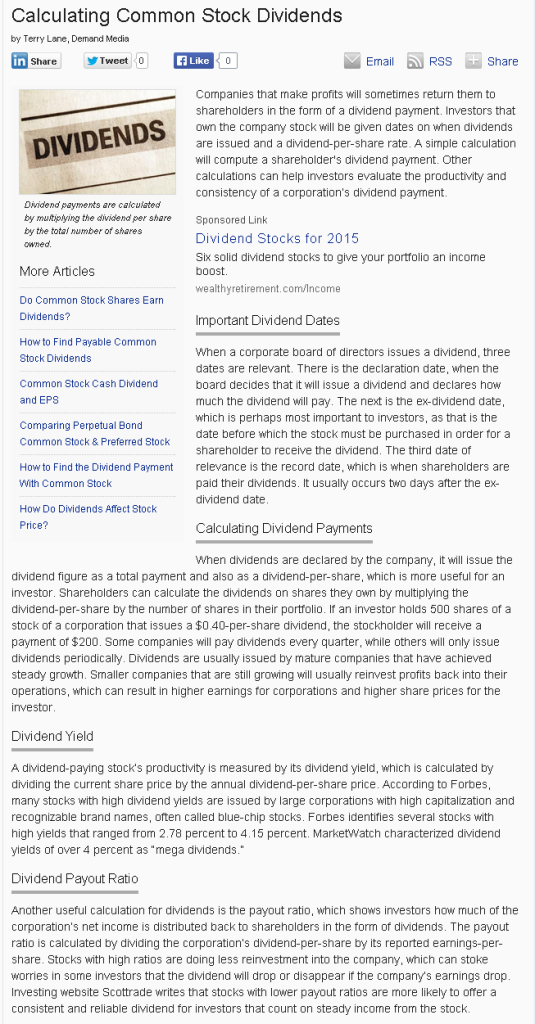
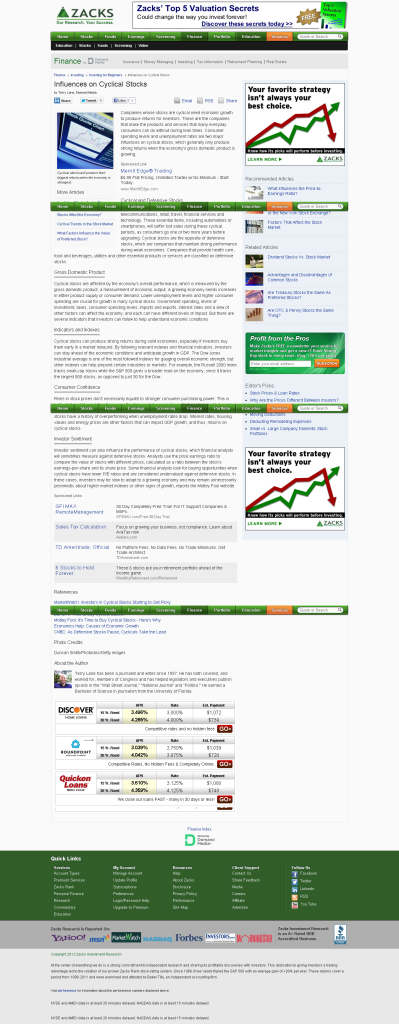
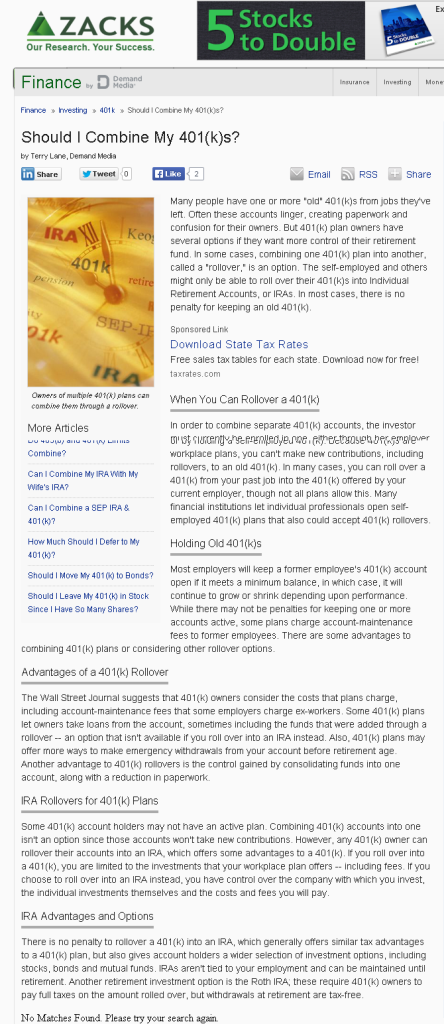
Financial blogging for Zacks.com